
An Introduction to the World of Noh
Niaya HarperNoh is one of the oldest traditional Japanese performance arts. It is similar to Kabuki as it incorporates storytelling throug..

This theater was rebuilt in 1955 as the theater for the Kita-ryu School, a prestigious Noh school that has been active since the Edo period. Before that, the stage was destroyed by the great Kanto earthquake of 1923 and a second time Destroyed in the great air raid on Tokyo in 1945 after it had already been rebuilt once.
Highly skilled actors and musicians work together to recreate the supernatural and magical stories of the classic Noh dramas. Filled with spirits, demons, and monsters, Noh is a strictly codified discipline that depicts the life of the Japanese between the 12th and 16th centuries. Magnificent robes and masks make this experience something very special.
The traditional pieces listed are in Japanese, but you will receive a detailed summary in English to read in advance, as well as further information about the Noh, so that you can simply enjoy the theater visit perfectly prepared.
This main dance stage serves as the performance stage for Noh and Kyogen narratives at the Kita Noh Theatre. The stage area covers just under 6 meters by 6 meters but allows for a great range of motion to be viewed from the seats in the gallery. It’s built in the traditional outdoor style but allows visitors more comfort indoors.
When the Kita Noh Theater was reconstructed in 1955, the painter Takashi Esaki and Ao Maeda took care of the symbolic pine panel and painting. The thick roots and branches symbolize the strength and solidity of Kita-style samurai art while instilling a sense of simplicity and spirit.
10-minute walk from the West Exit of Meguro Station.

Noh is one of the oldest traditional Japanese performance arts. It is similar to Kabuki as it incorporates storytelling throug..

Noh theatre workshop in Tokyo creates an immersion into the traditional world of performing arts in Japan.

The Kita Roppeita XIV Commemorative Nogaku Theatre offers an annual 2-hour Noh Discovering Tradition workshop. Participants can..
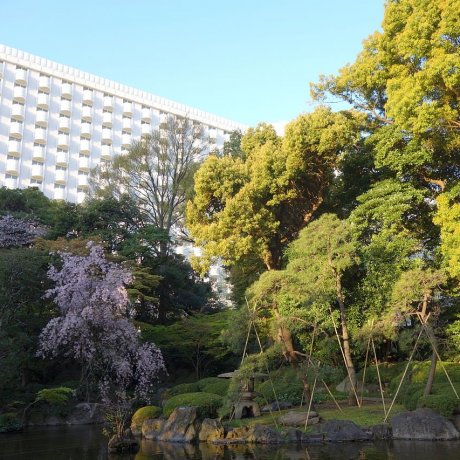
Just minutes from Shinagawa Station, the Grand Prince Hotel New Takanawa is surrounded by lush greenery in the Takanawa area, with rooms offering balcony..

ANA Holiday Inn Tokyo Bay (previously Dai-ichi Hotel Tokyo Seafort) is a 132-room hotel that will provide visitors to Japan’s capital city with an..

Located right next to Shinjuku Chuo Park, THE KNOT TOKYO Shinjuku is a modern hotel with an exceptional design and easy access to the nearby Shinjuku..
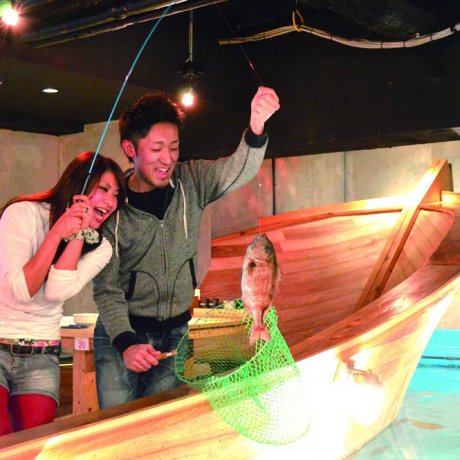
There is a restaurant right in front of the Meguro station where you can eat your own fish. All kinds of Japanese dishes and fresh seafood are also served. In..
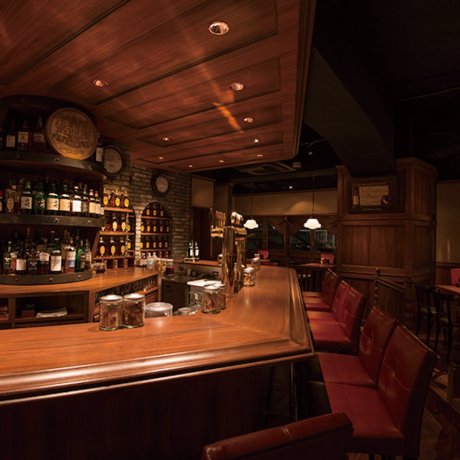
In the Highball Bar Sunny Side 1923 in Gotanda Shinagawa, guests enjoy freshly tapped beers and, in addition to a dinner menu, of course, highballs are..
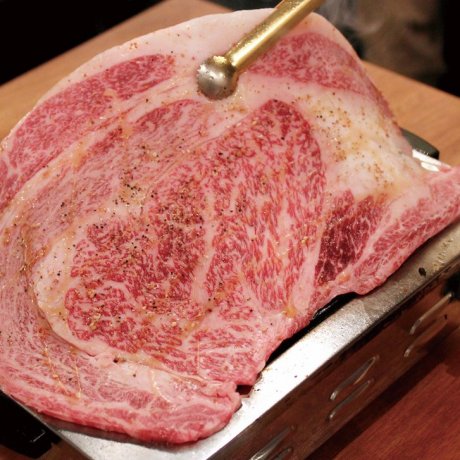
Enjoy some yakiniku meat at this popular Japanese BBQ restaurant. The limited "Hamideru Kalbi" (Japanese black beef rib), comes recommended by regulars...

The Meguro River (目黒川, Meguro-gawa) is a river that flows through Tokyo, Japan. Its tributaries include the Kitazawa River and the Karasuyama Riv..
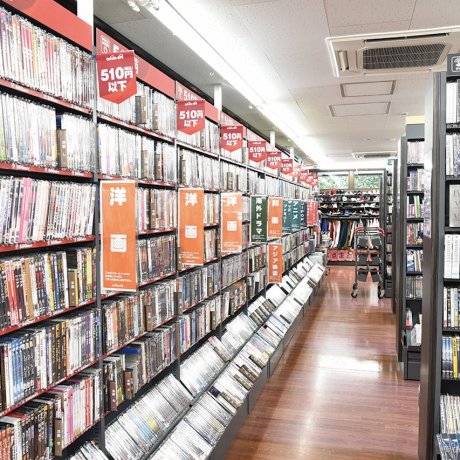
Large store engaged in buying and selling of books, CDs, DVDs, digital appliances, brand goods and more. Video games and books are on 1F and menswear,..
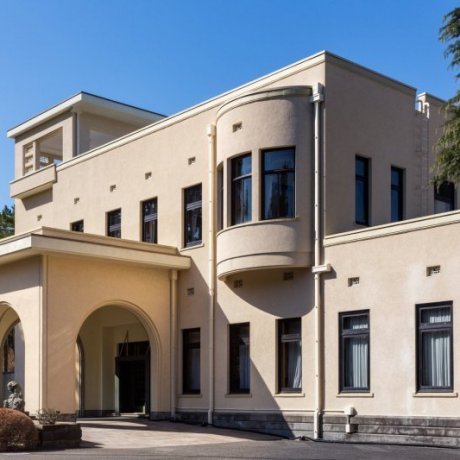
Tokyo Metropolitan Teien Art Museum, located in Minato City, is renowned for its Art Deco architectural style. The structure was originally built in 1933..
Your feedback has been sent.